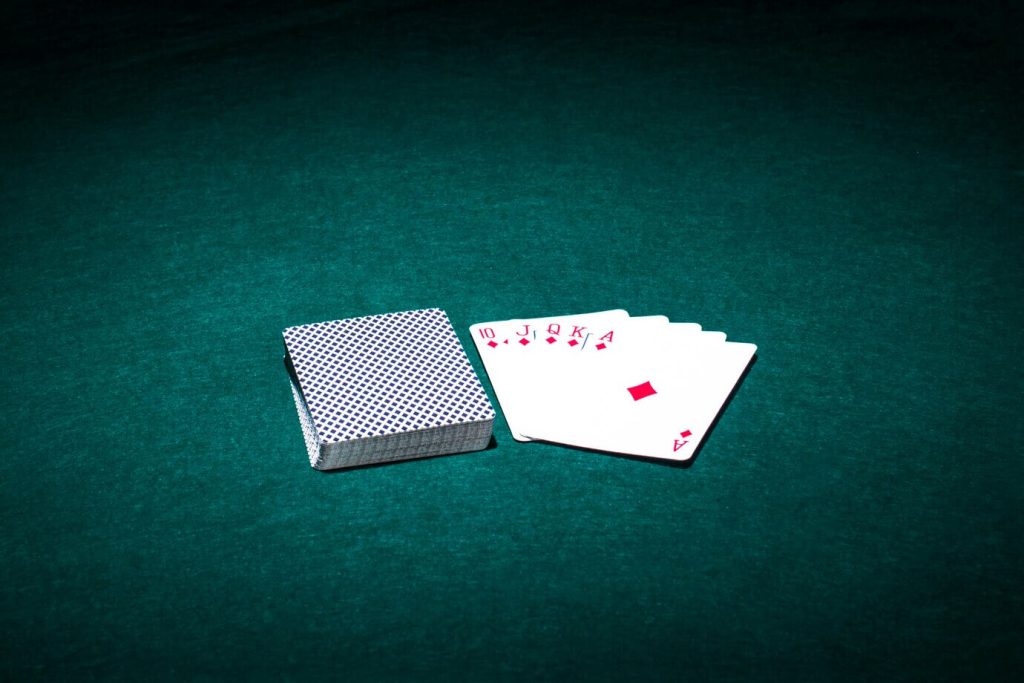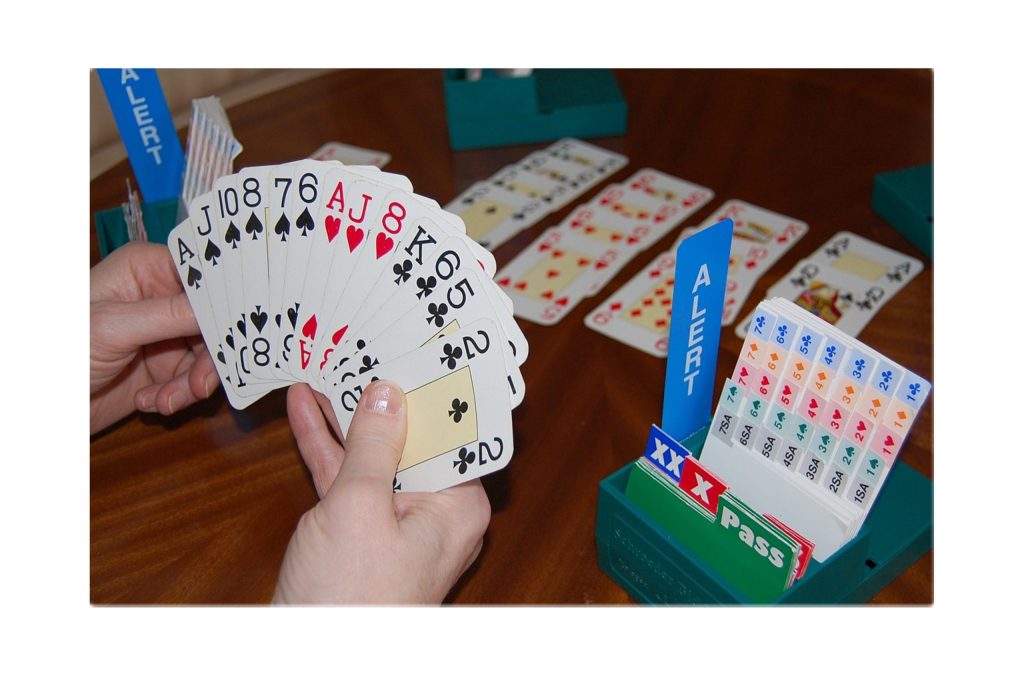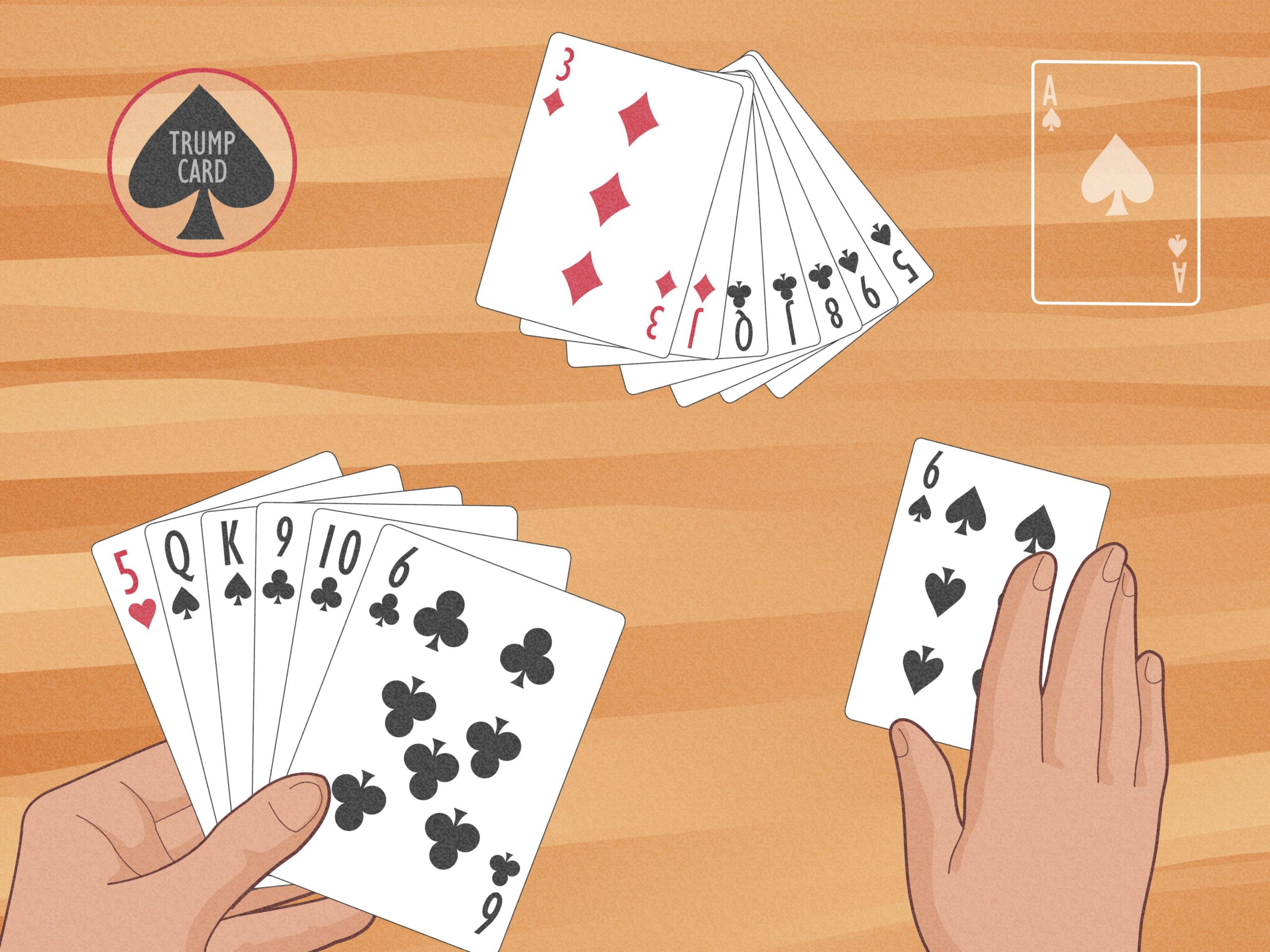Introduction
Bridge is a timeless card game that combines strategy, memory, communication, and teamwork. Played by four players in two partnerships, bridge card game is widely considered one of the most intellectually rewarding card games. Although it may seem complex at first glance, understanding the basic rules of bridge card game is the first step to mastering this fascinating activity. Whether you’re interested in casual play or aiming to become a competitive player, knowing how the game is structured and the principles behind each phase will deepen your appreciation for this classic pastime. In this guide, we’ll explore the foundational rules, phases of play, roles of players, and key strategies to get you started. Please visit this.
Understanding The Setup And Objective Of Bridge

The bridge card game is played with a standard 52-card deck and involves four players seated around a table. Each player is assigned a position: North, East, South, and West. Players sitting opposite each other (North-South and East-West) form two partnerships. The main objective in bridge card is for one partnership to win as many tricks as possible based on a contract determined during the auction phase. A trick consists of four cards played in a round, one from each player. The team that wins the auction tries to take the number of tricks they have committed to, while the opposing team tries to stop them. The partnership that fulfills its contract earns points, and the goal is to accumulate points to win a game or match.
The Phases Of Bridge: Bidding And Play
A complete hand of bridge is divided into two main phases: the bidding (or auction) phase and the playing phase. During the bidding phase, each player takes turns declaring how many tricks their partnership intends to win and what the trump suit will be, if any. The minimum bid starts at one and indicates the number of tricks above six that the partnership plans to win. For example, a bid of one heart means the player’s team intends to win seven tricks with hearts as the trump suit. Players can also bid in no trump, meaning no suit is designated as trump. The bidding continues clockwise until three consecutive players pass, and the highest bid becomes the contract. The player from the winning partnership who first mentioned the suit of the contract becomes the declarer. The partner of the declarer becomes the dummy and lays their cards face-up on the table, while the declarer plays both hands during the play phase.
The Role Of The Declarer, Dummy, And Defenders
After the bidding concludes and the contract is established, the playing phase begins. The player to the left of the declarer leads the first card, starting the first trick. The dummy then reveals their cards, which remain visible for the rest of the hand. The declarer plays both their own hand and the dummy’s hand, making strategic decisions to fulfill the contract. The two players on the opposing team are the defenders, and their goal is to prevent the declarer from taking enough tricks to meet the contract. Each player must follow the suit of the card that was led if they can; if they cannot, they may play a card from another suit. The highest card in the suit led wins the trick unless a trump card is played, in which case the highest trump card wins.
The Trump Suit And No Trump Contracts
The concept of the trump suit is a central element in bridge card game. When a trump suit is chosen during the bidding phase, any card of that suit beats any card of the other suits. This allows players to win tricks even with low-ranking cards if they are of the trump suit. However, playing a trump card when not necessary can lead to disadvantages later in the game, so timing and strategy are crucial. In a no trump contract, there is no designated trump suit, and tricks are won by the highest card of the suit led. No trump contracts require precise play and often rely on strong suits, effective communication between partners, and careful planning to control the flow of the game.
Scoring In Bridge Card And Game Progression

Bridge card scoring can be one of the more intricate aspects of the game but is essential to understanding overall strategy. The points a partnership earns depend on the number of tricks won above the book of six, the contract suit, whether the contract was doubled or redoubled, and vulnerability status. Major suits (hearts and spades) and no trump contracts score more per trick than minor suits (clubs and diamonds). A contract that is doubled or redoubled results in higher penalties or rewards. Vulnerability is a condition that increases the value of bonuses and penalties and is determined based on previous hands. A game is completed when a partnership scores 100 or more contract points in successful bids, and the first partnership to win two games wins the rubber. Duplicate bridge card, a competitive format, uses a different scoring system that compares performance across multiple tables playing the same hands.
Opening Leads And Defensive Strategy
In bridge card game, the player to the left of the declarer makes the opening lead. This decision can significantly influence the outcome of the hand. Leading from a strong suit or trying to establish winners early is a common strategy, while others prefer passive leads that avoid giving away critical tricks. Defenders work together to communicate indirectly through their card choices, attempting to indicate strength or weakness in specific suits. Defensive play is an art form in bridge card game, requiring inference, deduction, and timing. Choosing the right time to play a high card or when to hold back can determine whether the defenders succeed in defeating the contract.
The Art Of Communication In Bridge
Since direct communication between partners is not allowed during the play of the hand, bridge card game players must rely on the bidding and card play to convey information. This makes the game as much about interpreting your partner’s actions as executing your own strategy. Conventional bidding systems, such as Standard American or Acol, provide structured ways to exchange information about hand strength and suit distribution. Similarly, during the play, the cards you choose can send messages. For instance, playing a low card might indicate preference for that suit, while certain sequences can show encouragement or discouragement for a particular lead. Mastering these subtle signals enhances partnership synergy and increases chances of success.
Card Distribution And Hand Evaluation
Bridge Card game, Evaluating the strength of a hand is critical in both bidding and play. The standard method of hand evaluation assigns high card points (HCP) to face cards: 4 points for an ace, 3 for a king, 2 for a queen, and 1 for a jack. A typical opening bid usually requires 12 or more points, although this can vary depending on distribution and partnership agreements. Balanced hands (those with no voids, singletons, or more than one doubleton) lend themselves well to no trump contracts, while unbalanced hands may be better for suit contracts. Distributional points, added for voids, singletons, and long suits, also influence bidding decisions. Understanding your hand’s potential and communicating that effectively to your partner is at the heart of strategic bidding.
Common Bidding Conventions And Their Purpose
As players advance, they often adopt bidding conventions to provide more precise communication. Conventions like Stayman, Blackwood, and Jacoby Transfers are tools to explore hand compatibility and potential slams. Stayman is used after a 1NT opening to find a 4-4 major suit fit. Bridge Card game, Blackwood asks for aces and sometimes kings to investigate slam possibilities. Jacoby Transfers allow the responder to direct the opener to bid a particular suit, often to keep the stronger hand hidden from the opponents. These conventions require mutual understanding and practice, but once mastered, they open up a richer level of strategy and collaboration.
Developing A Winning Strategy In Bridge
Winning in bridge involves more than just knowing the rules; it requires a thoughtful strategy. Planning your play from the moment the dummy is revealed is crucial. Declarers often count their winners and losers to develop a roadmap for fulfilling the contract. Bridge Card, Techniques such as finessing, where you try to win a trick with a lower-ranking card by guessing the opponents’ holdings, and managing entries between hands are essential skills. Timing your plays correctly, preserving communication lines, and deciding when to draw trumps are all part of strategic play. Similarly, defenders must analyze the declarer’s likely hand and work together to break communication, attack weaknesses, and force errors.
Etiquette And Sportsmanship In Bridge
Bridge is not only about intellect but also about maintaining a respectful and sportsmanlike atmosphere. Table etiquette includes playing in tempo, not criticizing your partner, and being honest in scoring and behavior. Silence during the play phase is expected to prevent unauthorized information from being conveyed. Even in competitive settings, mutual respect is a cornerstone of the game’s culture. Bridge card, clubs and tournaments emphasize fair play and decorum, recognizing that the integrity of the game depends on the conduct of its players. Whether you’re playing at home with friends or in a tournament, upholding these values enhances the experience for everyone.
Learning And Practicing Bridge Online
Thanks to technology, learning bridge card game has never been more accessible. Numerous online platforms allow new players to practice at their own pace. Websites and apps such as Bridge Base Online (BBO), Fun bridge, and Learn to Play Bridge offer tutorials, live games, and AI opponents to help build skills. Players can also watch expert matches, participate in online tournaments, and connect with a global community of enthusiasts. Online bridge card removes the barrier of finding three other players locally and makes it easy to gain experience. For those looking to master the game, consistent practice and studying expert strategies are key to growth.
Variants Of Bridge And Their Differences

While contract bridge card is the most popular form, other variations like rubber bridge and duplicate bridge offer different experiences. Rubber bridge card game is the traditional format played casually at home and involves a series of deals called rubbers, with scoring favoring successful contracts over several hands. Duplicate bridge, on the other hand, is designed for competitive play, where the same hands are dealt to multiple tables, and performance is compared to others who played the same cards. Chicago bridge is another variant that combines elements of both and is played over four deals. Each format offers a slightly different perspective on the game, but the core skills and rules remain the same.
The Journey From Beginner To Advanced Player
Starting as a beginner in bridge card might seem overwhelming due to the depth of rules and strategy, but every expert was once a novice. The key is to play frequently, reflect on your hands, and seek feedback from more experienced players. Joining a bridge club, taking lessons, and studying instructional books can accelerate your learning curve. As you gain confidence, you’ll begin to recognize common patterns, anticipate opponent strategies, and refine your judgment. With time, what once seemed like a complex set of rules will become second nature, and you’ll be able to focus on the subtle intricacies that make bridge endlessly fascinating.
Conclusion
The basic rules of bridge card game form the foundation of one of the most intellectually rewarding card games ever invented. Though it may appear complex at first, bridge offers an unparalleled blend of logic, memory, psychology, and partnership that keeps players engaged for a lifetime. From understanding bidding strategies and trick-taking dynamics to mastering defense and declarer play, every aspect of the game challenges the mind and rewards thoughtful planning. Whether you’re playing casually with friends or competitively in a club or online, bridge promises mental stimulation, social interaction, and endless enjoyment. Embracing the rules, learning the strategies, and practicing regularly will open the door to a rich and rewarding world of card play that continues to captivate millions around the globe.

